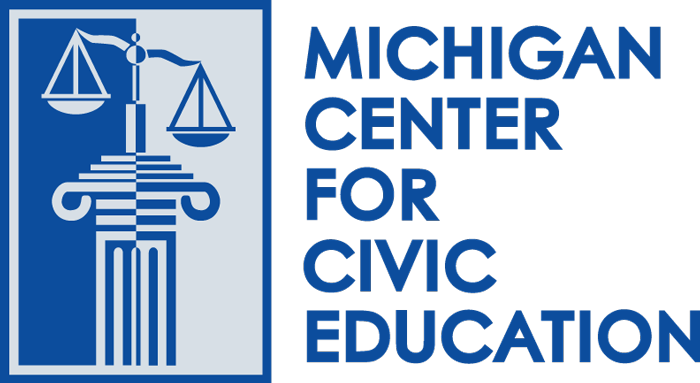This research and deliberation activity encourages students to look at the issue of same-sex marriage from different points of view.
Civics Lessons
The Exchange: Should Same-Sex Couples Have the Right to Marry
The U.S. Constitution: Continuity and Change in the Governing of the United States
This unit examines continuity and change in the governing of the United States. Lessons one and two are focused on a study of the Constitution and Bill of Rights and provide access to primary source documents from the Library of Congress. Lesson three investigates important issues which confronted the first Congress and has students examine current congressional debate over similar issues. Lesson four features broadsides from the Continental Congress
Brown v Board of Education (1954)
This case summary provides teachers with everything they need to teach about Brown v. Board of Education (1954). It contains background information in the form of summaries and important vocabulary at three different reading levels, as well a review of relevant legal concepts, diagram of how the case moved through the court system, and summary of the decision. This resource also includes nine classroom-ready activities that teach about the case using interactive methods.
Miranda v. Arizona (1966)
This case summary provides teachers with everything they need to teach about Miranda v. Arizona (1966). It contains background information in the form of summaries and important vocabulary at three different reading levels, as well a review of relevant legal concepts, diagram of how the case moved through the court system, and summary of the decision. This resource also includes ten classroom-ready activities that teach about the case using interactive methods.
McCulloch v. Maryland (1819)
This case summary provides teachers with everything they need to teach about McCulloch v. Maryland (1819). It contains background information in the form of summaries and important vocabulary at three different reading levels, as well a review of relevant legal concepts, diagram of how the case moved through the court system, and summary of the decision. This resource also includes seven classroom-ready activities that teach about the case using interactive methods.
Gideon v. Wainwright (1963)
This case summary provides teachers with everything they need to teach about Gideon v. Wainwright (1963). It contains background information in the form of summaries and important vocabulary at three different reading levels, as well a review of relevant legal concepts, diagram of how the case moved through the court system, and summary of the decision. This resource also includes nine classroom-ready activities that teach about the case using interactive methods.
Hazelwood v. Kuhlmeier (1988)
This case summary provides teachers with everything they need to teach about Hazelwood v. Kuhlmeier (1988). It contains background information in the form of summaries and important vocabulary at three different reading levels, as well a review of relevant legal concepts, diagram of how the case moved through the court system, and summary of the decision. This resource also includes seven classroom-ready activities that teach about the case using interactive methods.
Texas v. Johnson (1989)
This case summary provides teachers with everything they need to teach about Texas v. Johnson (1989). It contains background information in the form of summaries and important vocabulary at three different reading levels, as well a review of relevant legal concepts, diagram of how the case moved through the court system, and summary of the decision. This resource also includes six classroom-ready activities that teach about the case using interactive methods.
Investigating the Departments of the Executive Branch
In this lesson, students learn about the role of bureaucracy in U.S. government; they then examine the history, leadership, organization, and goals of executive agencies.
The Verdict of History
Features seven of the 20 most significant opinions of the first two centuries of the Michigan Supreme Court. from racial segregation in schools to eugenics laws to whether being a member of a nudist colony constitutes indecent exposure, The Verdict of History lesson plans teach student to think critically, develop their decision-making skills, and understand how the judicial system applies to their own lives.

